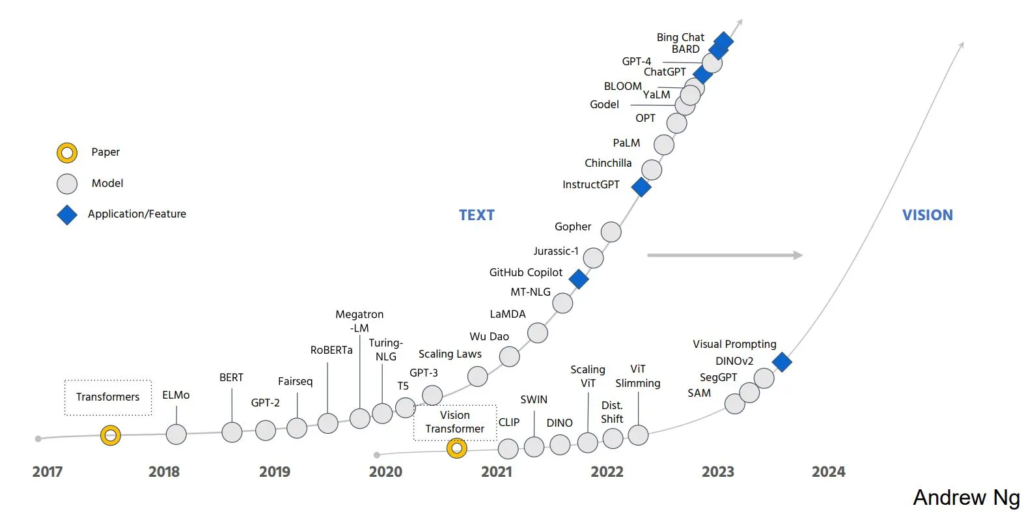While Large Language Models (LLMs) have demonstrated they can do many things well enough, it’s important to remember that these are not “thinking machines” so much as impressively competent “writing machines” (able to figure out what words are likely to follow).
Case in point: both OpenAI’s ChatGPT and Microsoft Copilot lost to the chess playing engine of an old Atari game (Video Chess) which takes up a mere 4 KB of memory to work (compared with the billions of parameters and GB’s of specialized accelerator memory needed to make LLMs work).
It’s a small (yet potent) reminder that (1) different kinds of AI are necessary for different tasks (i.e. Google’s revolutionary AlphaZero probably would’ve made short work of the Atari engine) and (2) don’t underestimate how small but highly specialized algorithms can perform.
Last month we reported on the somewhat-surprising news that an emulated Atari 2600 running the 1979 software Video Chess had “absolutely wrecked” an overconfident ChatGPT at the game of kings. Fans of schadenfreude rejoice, because Microsoft Copilot thought this was a chance to show its superiority to ChatGPT: And the Atari gave it a beating.


